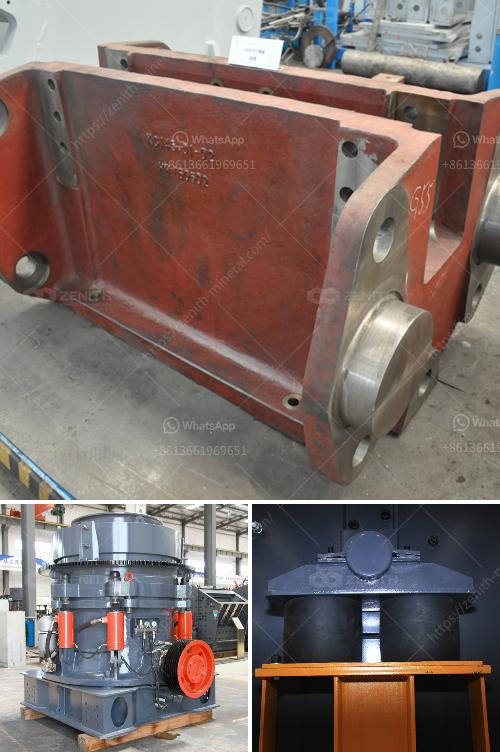Installing a stone crusher plant involves several steps and requires careful planning and execution to ensure the plant operates efficiently and safely. Here is a detailed guide on how to install a stone crusher plant:
1. Site Selection and Preparation
- Site Selection: Choose a location that is close to the raw material source to minimize transportation costs. Ensure the site has adequate space for the plant and future expansion.
- Land Preparation: Clear the land of any vegetation, debris, and obstacles. Level the ground to provide a stable foundation for the plant.
2. Design and Layout Planning
- Plant Layout: Design the layout of the plant to optimize the flow of materials and minimize bottlenecks. Consider the placement of crushers, screens, conveyors, and other equipment.
- Infrastructure: Plan for necessary infrastructure such as access roads, drainage systems, and utility connections (electricity, water, etc.).
3. Obtaining Permits and Approvals
- Environmental Permits: Obtain necessary environmental clearances and permits from local authorities. This may include air quality permits, water discharge permits, and noise level permits.
- Construction Permits: Secure building permits and other regulatory approvals required for construction.
4. Procurement of Equipment
- Crusher Selection: Choose the appropriate type of crusher (jaw crusher, cone crusher, impact crusher, etc.) based on the material to be processed and the desired output size.
- Auxiliary Equipment: Procure other necessary equipment such as screens, conveyors, feeders, and control systems.
5. Foundation and Civil Work
- Foundation Design: Design the foundation to support the weight and vibration of the crusher and other equipment. This may involve concrete footings, steel structures, or other support systems.
- Construction: Construct the foundation and other civil structures according to the design specifications. Ensure proper curing of concrete to achieve the required strength.
6. Installation of Equipment
- Crusher Installation: Install the crusher on the prepared foundation. Ensure it is level and securely anchored.
- Conveyors and Screens: Install conveyors and screens according to the layout plan. Ensure proper alignment and tensioning of conveyor belts.
- Electrical and Control Systems: Install electrical wiring, control panels, and automation systems. Ensure all connections are secure and comply with safety standards.
7. Testing and Commissioning
- Dry Run: Conduct a dry run of the plant without any material to check for proper operation of all equipment. Look for any mechanical issues, alignment problems, or electrical faults.
- Load Testing: Gradually introduce material to the plant and monitor the performance. Adjust settings and calibrate equipment as necessary to achieve optimal performance.
8. Training and Safety
- Operator Training: Train plant operators on the proper use and maintenance of the equipment. Emphasize safety procedures and emergency protocols.
- Safety Measures: Implement safety measures such as guards, emergency stop buttons, and warning signs. Conduct regular safety drills and inspections.
9. Maintenance and Monitoring
- Regular Maintenance: Establish a maintenance schedule for regular inspection, lubrication, and replacement of worn parts. Keep detailed records of maintenance activities.
- Performance Monitoring: Continuously monitor the performance of the plant and make adjustments as needed to maintain efficiency and productivity.
By following these steps, you can ensure the successful installation and operation of a stone crusher plant. Proper planning, execution, and maintenance are key to achieving long-term success and minimizing downtime.


